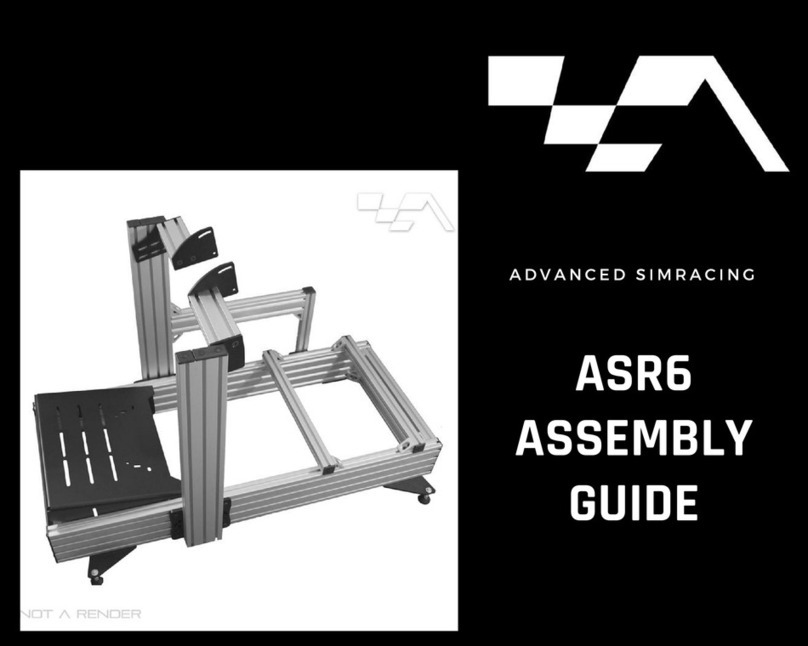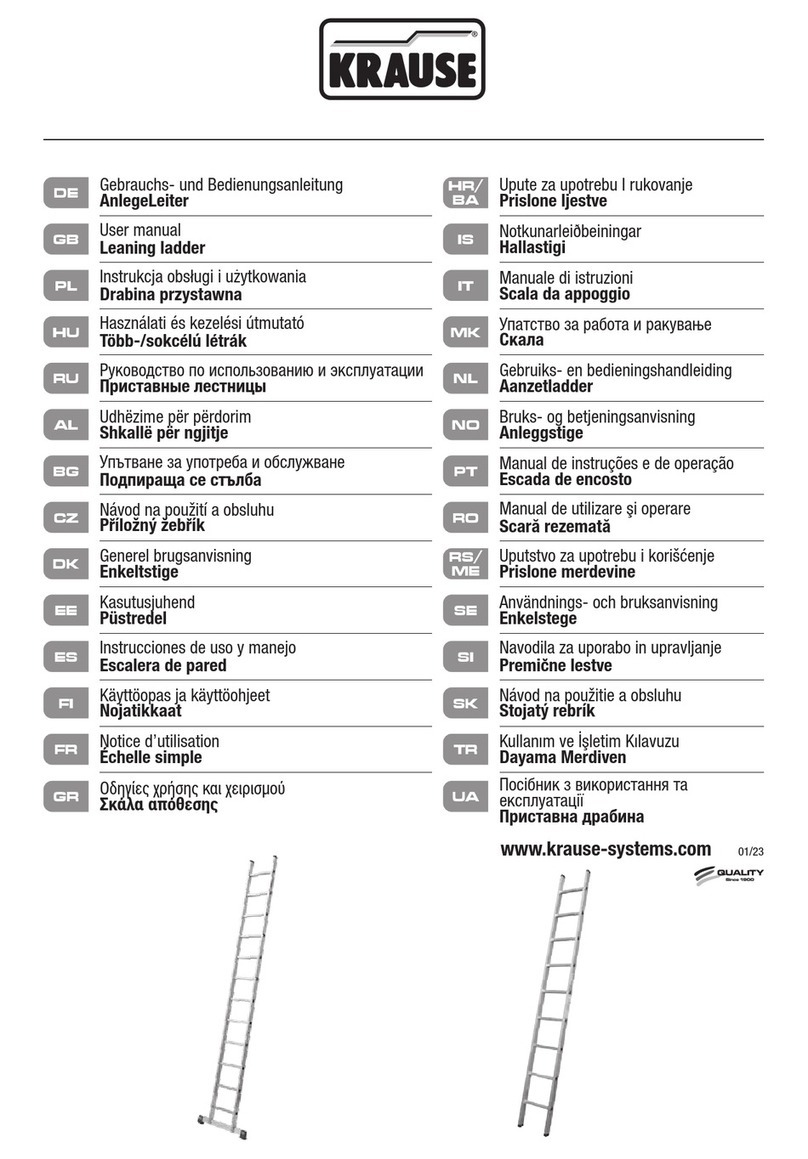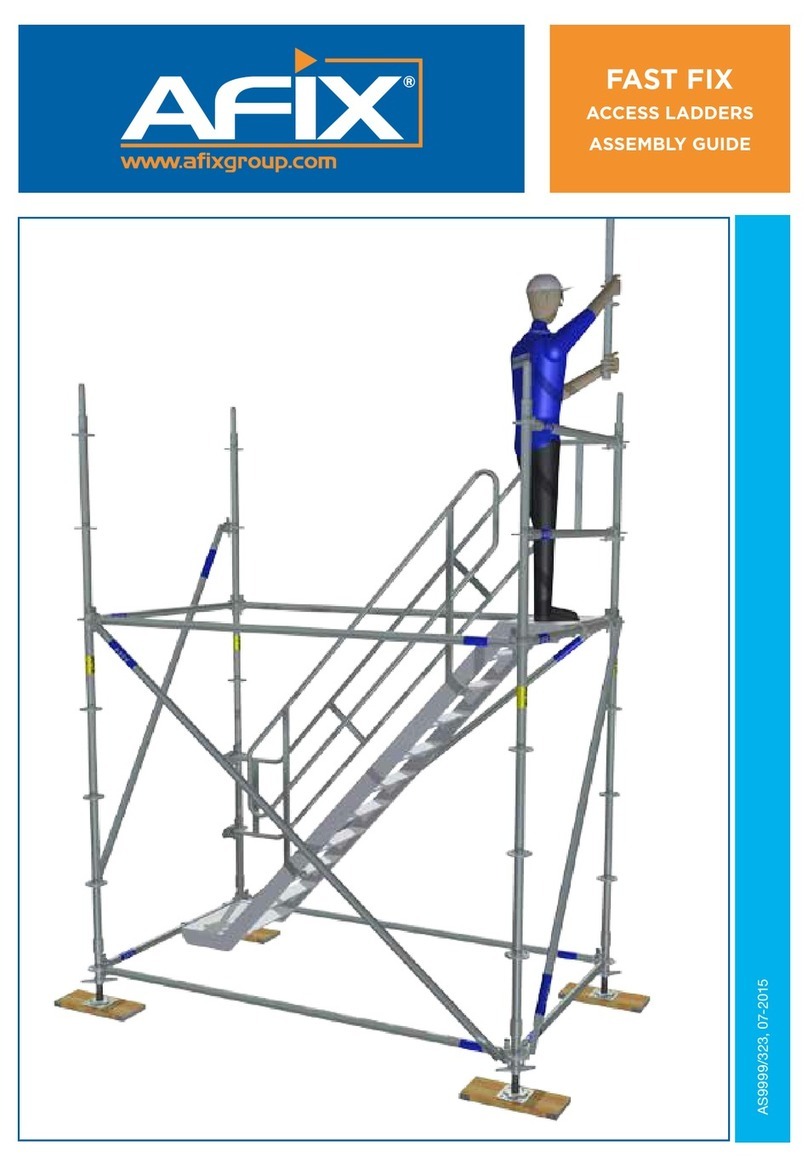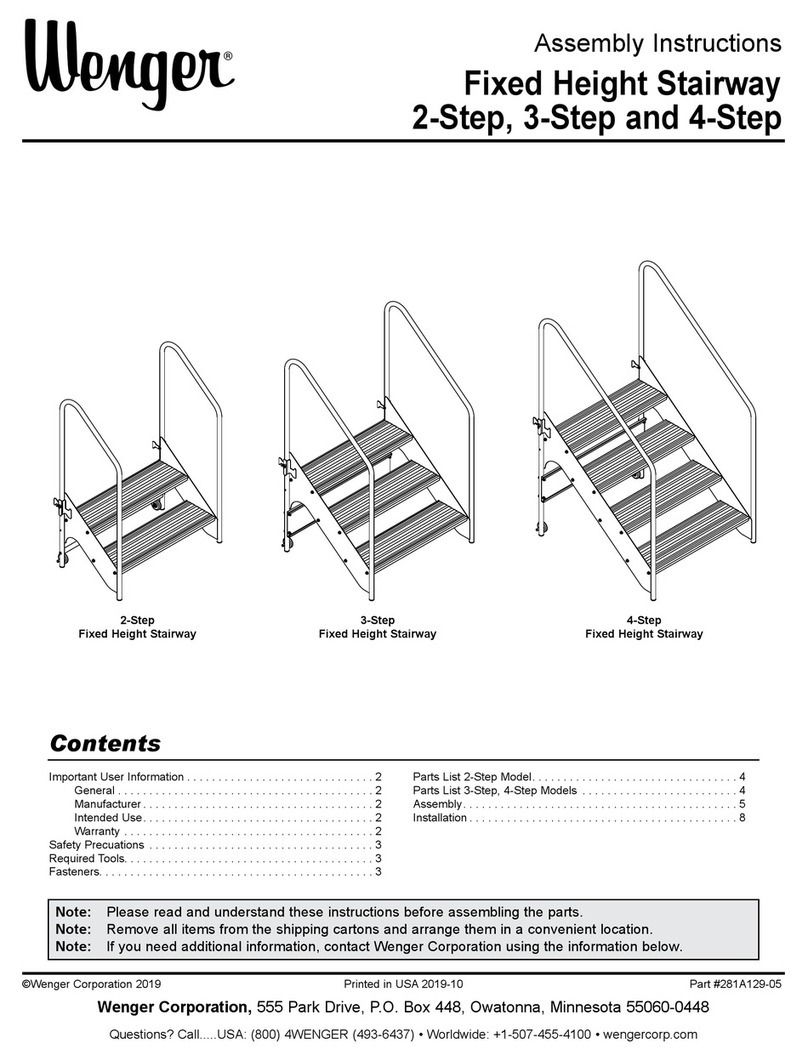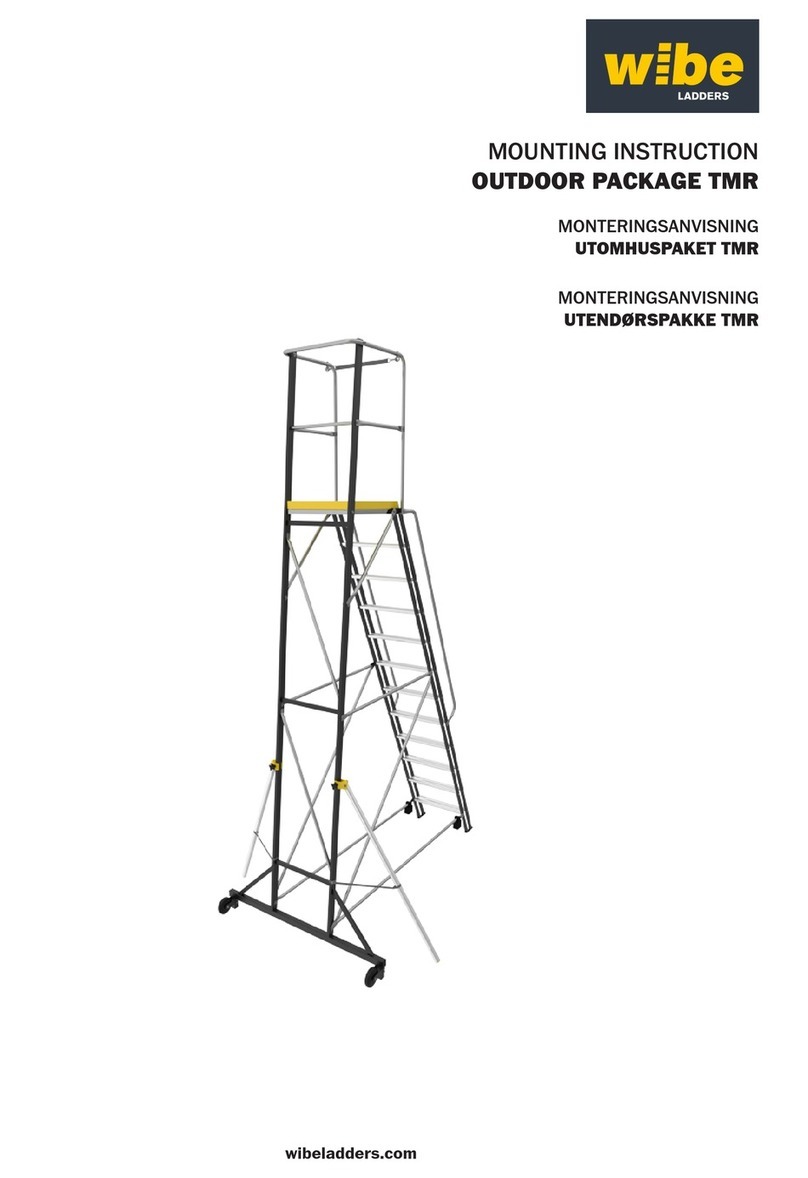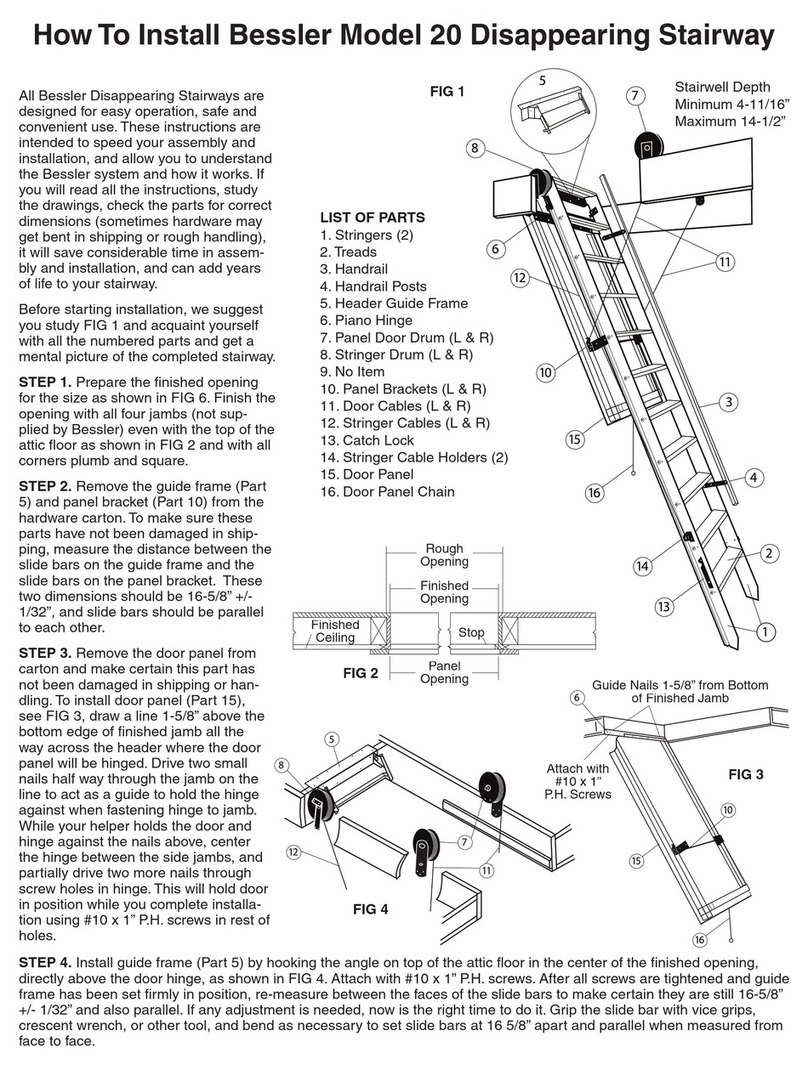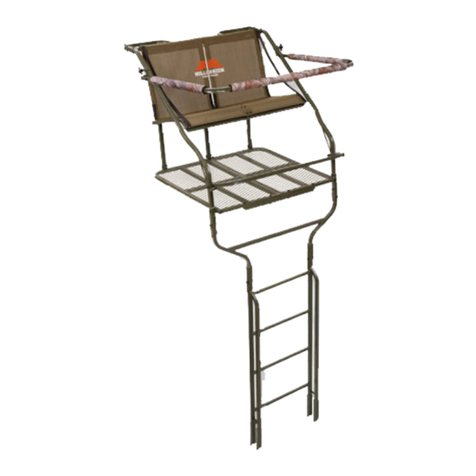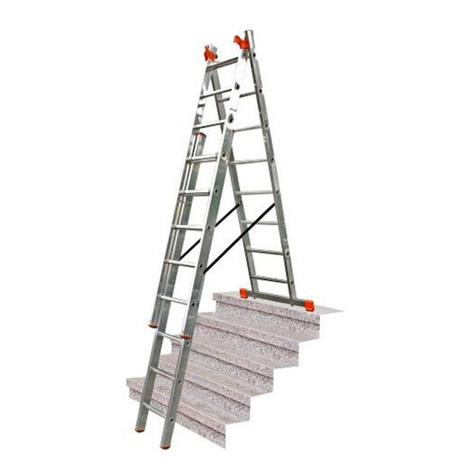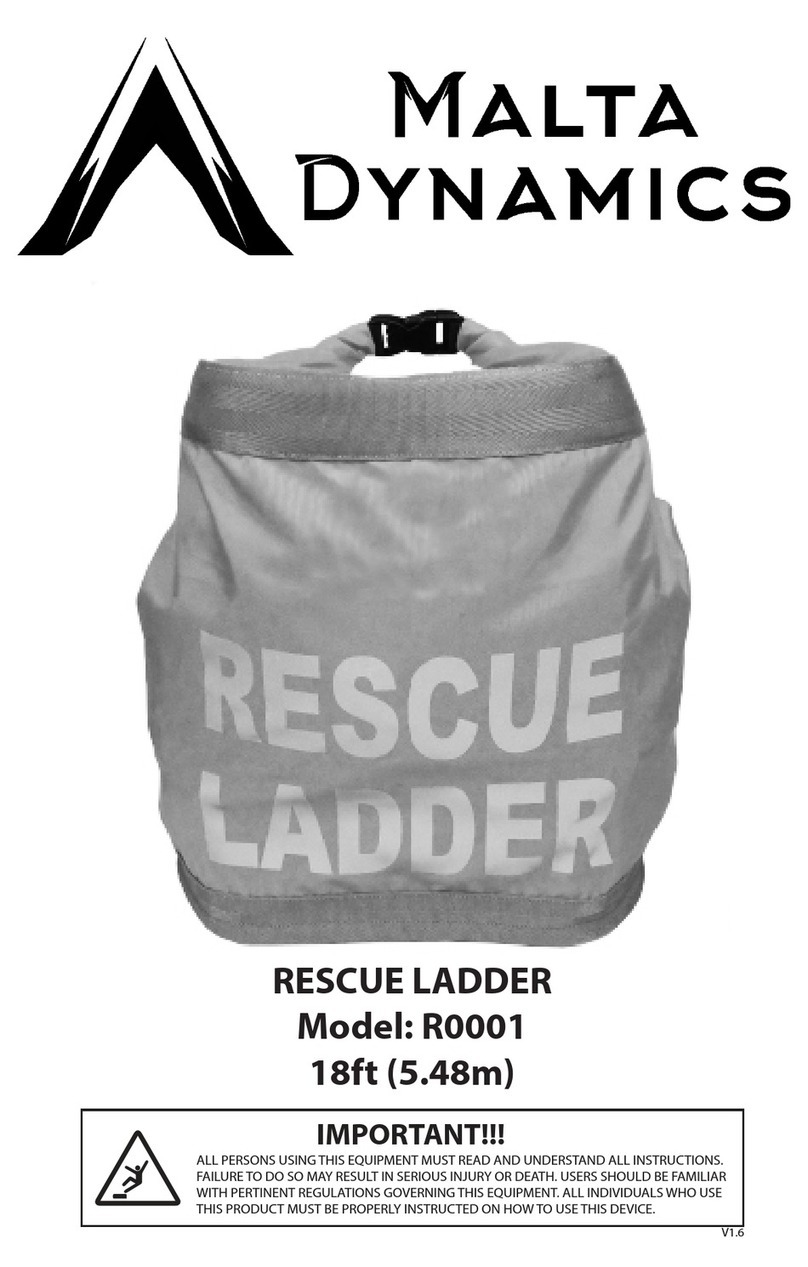
RGC HOISTING PRODUCTS PHONE: (716) 895-1156
TABLE OF CONTENTS
CHAPTER DESCRIPTION PAGE
1 SAFETY .......................................................................................................................................1
1.1 Introduction ...................................................................................................................................1
1.2 Safety Definitions..........................................................................................................................1
1.3 PRO400 Platform Hoist Safety Labels ..........................................................................................1
1.4 PRO400 Platform Hoist Safety Rules............................................................................................1
2 SPECIFICATIONS .....................................................................................................................3
2.1 PRO400 Platform Hoist Specifications .........................................................................................3
2.2 Complete System Specifications ...................................................................................................3
2.3 Nameplate and Serial Number Tag................................................................................................3
3 INSTALLATION AND SETUP .................................................................................................4
3.1 Prior to Setup.................................................................................................................................4
3.2 Completing the Platform Assembly...............................................................................................4
3.3 Mounting the Platform on the Track .............................................................................................6
3.4 Assembling the Track Sections .....................................................................................................6
3.5 Mounting the Top Bracket.............................................................................................................6
3.6 Raising the Track...........................................................................................................................6
3.6.1 Procedure A...................................................................................................................................7
3.6.2 Procedure B ...................................................................................................................................8
3.7 Installing Track Support ................................................................................................................8
3.8 Optional Equipment for the PRO400 Platform Hoist....................................................................9
3.8.1 Plywood Carrier Attachment.........................................................................................................9
3.8.2 Gravel Hopper Attachment..........................................................................................................10
3.8.3 Roller Angle Guide......................................................................................................................11
4 OPERATION............................................................................................................................. 12
4.1 Before Operating the Platform Hoist...........................................................................................12
4.2 Raising and Lowering the Load ..................................................................................................12
4.3 Preparing Platform Hoist for Shutdown ......................................................................................13
5 DISASSEMBLY ........................................................................................................................14
5.1 Prior to Disassembly....................................................................................................................14
5.2 Removing Track Support ............................................................................................................14
5.3 Lower the Track ..........................................................................................................................14
5.4 Disassembling the Track Sections...............................................................................................15
6 INSPECTION AND MAINTENANCE ...................................................................................16
6.1 General Maintenance Rules.........................................................................................................16
6.2 Initial Inspection..........................................................................................................................16
6.3 Daily Inspection...........................................................................................................................16
6.4 Safety Hooks ...............................................................................................................................17
6.5 Wire Rope Inspection Procedure.................................................................................................17
7 TROUBLESHOOTING............................................................................................................ 18
8 PARTS LISTS............................................................................................................................19

